Hearing Tests Through Life
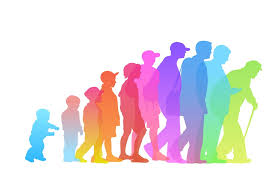
While most people don’t think about getting a hearing test until into adulthood, there are various kinds of hearing tests that can be done throughout the lifespan. Some of these tests weren’t as common until recent years. Beginning in 1995 by the World Health Organization, at least the first test, is standard for all infants. Although you may not get tested until you’re an adult, here are the variety of hearing tests that can happen throughout your life.
Infant Hearing Tests
As stated above, infant hearing screenings are now pretty standard practice in most countries. The goal of infant hearing screenings is to identify infants with hearing loss within 3 months of birth and to put intervention/amplification in place by at least 6 months of age. Typically these tests are done at the hospital, occasionally right after birth, or through other community organizations. With this protocol in place, these children are identified early and intervention is put in place as soon as possible.
Why is this important? It is known that children who are hard of hearing or deaf typically have delayed speech development and other delays to emotional and social development. In Ontario alone, approximately 4 of every 1000 babies are born deaf or hard of hearing. Additionally, babies that are born premature, with low birth weight, born with infections, etc. are at a higher risk. With early intervention, there is less risk to these delays.
How are Infants Tested?
During an infant hearing screening, measurements can be taken in several ways. The most common right after birth are the following:
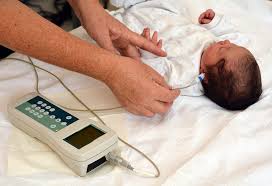 Otoacoustic Emissions (OAE) – tiny earbuds are placed in baby’s ears, tones or clicking noises are then played. The ear automatically responds to the sound and tiny microphones in the machine record how the ear responds. The response tells us how the inner ear is responding to the sound.
Otoacoustic Emissions (OAE) – tiny earbuds are placed in baby’s ears, tones or clicking noises are then played. The ear automatically responds to the sound and tiny microphones in the machine record how the ear responds. The response tells us how the inner ear is responding to the sound.
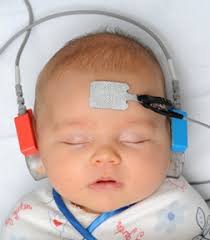 Auditory Brainstem Response (ABR) or Automated Auditory Brainstem Response (AABR) – tones or clicking noises are played through earphones on the infant’s ears with the addition of 3 electrodes placed on the head. When the sound is played, the machine is recording how the brain and auditory nerve are responding to sound.
Auditory Brainstem Response (ABR) or Automated Auditory Brainstem Response (AABR) – tones or clicking noises are played through earphones on the infant’s ears with the addition of 3 electrodes placed on the head. When the sound is played, the machine is recording how the brain and auditory nerve are responding to sound.
If the infant fails the screening (does happen occasionally, but always tested again) or further testing needs to be done, the above tests may be used and/or in addition to the following tests.
Behavioural Observation Audiometry (BOA) – Done after the age of 4 months. The practitioner makes a variety of noises (with toys or noisemakers) while the child is distracted and observes how the child responds. Do they turn towards the sound, do they react, etc.
Visual Reinforcement Audiology (VRA) – This test is done with children 6 months to 24 months old. Sound is presented at various volumes and tones through loudspeakers in a room. If the child responds to the sound, they are rewarded with a light-up animal or toy in that part of the room. Here is a great video that shows how it’s done.
Testing Children (Over the age of 2)
Conditioned Play audiometry (CPA) – Play audiometry uses headphones to present the tones, the same as we do for adults. The main difference is that the practitioner turns how to respond into a game. Instead of having the child push a button each time they hear a sound, they respond with an activity-related toy (i.e. blocks, pegs, or something along that line). Check out the video to see how the practitioner does this:
https://youtu.be/LPywSJQ-D1E
By the age of 4 -6, children are able to be tested using the same method we use with adults. However, we always take into account the child’s age, attention span, and other particular needs.
Adult Testing
When people think of getting a hearing test, this is typically the method they imagine. For children over the age of 5 and adults of any age, the standard audiometric test is the same. How we present it may look a little different based on the patient’s needs. When you come in for a test, he’s what it will look like, as well as some possible modifications.

Modifications to Hearing Tests
As stated above, depending on the client’s needs, there may be some modifications to how a hearing test is presented. This could simply include taking small breaks if needed. Additionally, here are some other modifications that may be made while performing a hearing test.
- Reduced number of parts to the test (i.e. we don’t have to test as many pitches of sound outside the mandatory ones, shorter speech testing, etc.)
- For those unable to press the response button we may have them raising a hand to indicate they heard the sound or verbally say so.
- If a client has claustrophobia or is unable to be transferred into the sound booth (i.e. wheelchair) we can do the testing outside of the sound booth in a very quiet office environment.
While certain standards for testing should be met to ensure accurate results, practitioners will do their best to accommodate client’s needs within those standards to make the experience more comfortable.
Tests through Life
Our ears and the system of hearing are amazing! And they do a lot for us throughout our lives. For that reason, hearing loss does not just affect us when we are “old,” it can happen to anyone at any time. This is why we have so many tests designed for every stage of life. When we can effectively test hearing through the lifespan, we can provide interventions that keep everyone hearing clearly and comfortably in conversation, no matter their age.
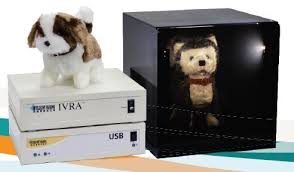

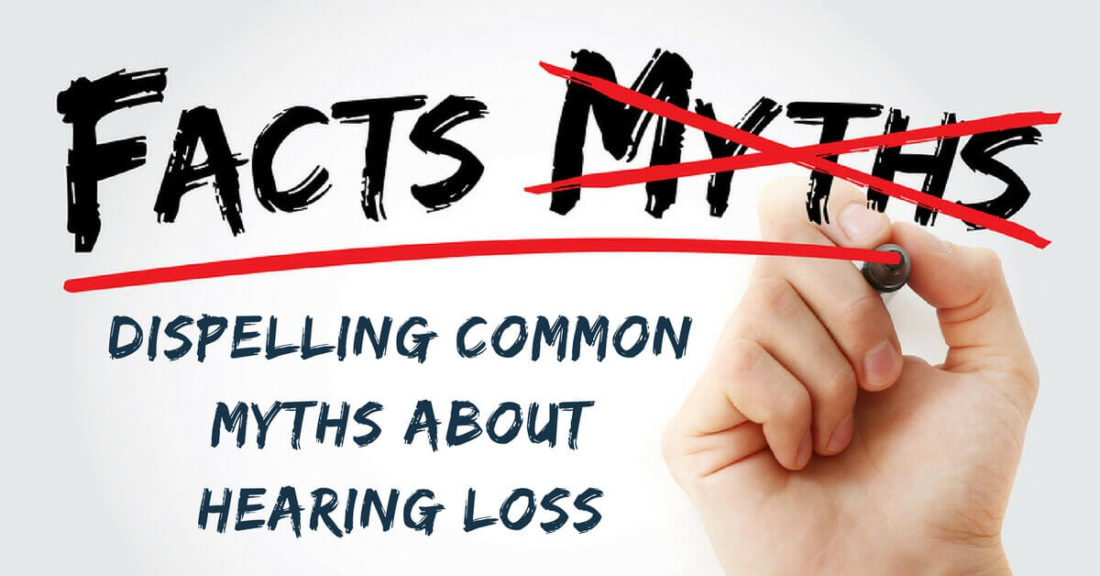
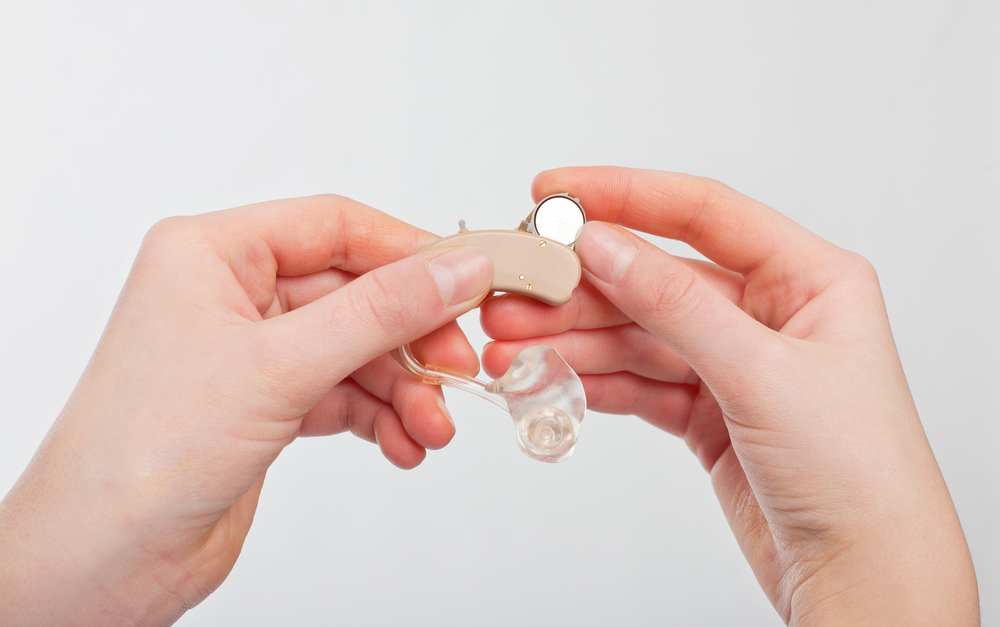
Recent Comments